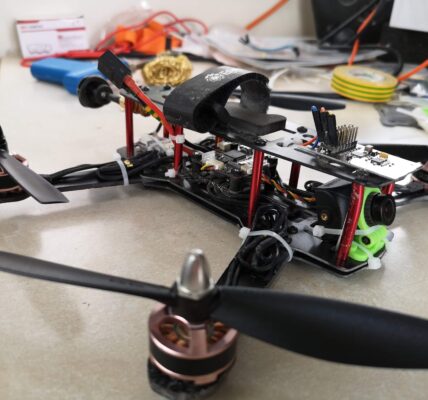
Artificial Intelligence (AI) has a blind spot. It fails to recognise disinformation it creates. This means that it has limitations in the fight against disinformation. Experts have found that AI tools can be tricked when attempting to label machine versus human generated content.
Paulius Pakutinskas, university professor and board member of Artificial Intelligence Association of Lithuania, said: “Not everything that is created by AI is recognised by AI.”
Experts demonstrated the vulnerability of AI content detectors. Two techniques were presented by Aldan Creo, Technology Research Specialist at Accenture, at The European Dialogue on Internet Governance:
- AI to Human: Rewriting AI-generated text with another tool can trick detectors.
- Human to AI: Modifying a real image slightly can make an AI detector classify it as AI-generated. This creates a scenario where genuine photos are flagged as suspicious.
Pakutinskas also described his experience testing tools with AI-generated content, which the tools failed to identify. He then had a professor write some text, and the AI tool mistakenly flagged it as AI-generated.
Jörn Erbguth from the University of Geneva echoed this view, referring to AI detectors, he said: “They don’t work, don’t use them, just ignore them.” He added: “There are no reliable means of detecting AI generated content currently.”
Putting things into perspective, Pakutinskas referred to a prediction originally made by Nina Schick, an author and advisor specialising in AI, who believes that as much as 90 percent of online content may be synthetically generated by 2025. He added: “AI tools won’t help. We need to be more adapted.”
Pakutinskas highlights the need for tools that can differentiate between harmful and harmless AI-generated content. Not all AI content is malicious, so focusing solely on the AI aspect might not be the most effective approach. Pakutinskas said: “When we talk about misinformation, falsification of existing content, that is a topic we need to regulate.”
He explained: “We need to find specific rules on how to detect what is harmful. If it’s not harmful, its not a threat in general, so we need to find what issues we’d like to solve.”
Recent news from OpenAI highlights the challenges we face, as they reportedly disrupted five propaganda networks from Russia, China, Iran, and Israel. These networks attempted to misuse OpenAI’s generative AI tools to manipulate public opinion and influence political outcomes.
The experts explained that the fight against misinformation and disinformation necessitates a two-pronged approach: regulation and critical thinking. Regulations are crucial to hold bad actors accountable, but fostering critical thinking skills in the public is equally important.
Transparency in AI-generated content has also been a suggestion for combating disinformation. However, Laurens Naudts, postdoctoral researcher at the AI, Media and Democracy Lab and Institute for Information Law, referred to the fallacy of transparency in this case. Naudts described it as: “Transparency is of course a necessary component to protect citizens, but is it a sufficient condition, because malicious actors are unlikely to be transparent if their purpose is to spread misinformation.”
Instead, he proposed that we must focus on identifying the values threatened by AI-driven disinformation and explore the tools available to protect those values.
Naudts said: “From a regulatory perspective, we need to take a step back and see what values are exactly threatened and what tools are available to empower citizens against those threats.” He added: “We should not abandon all trust and hope.”


























































































































































































































































































